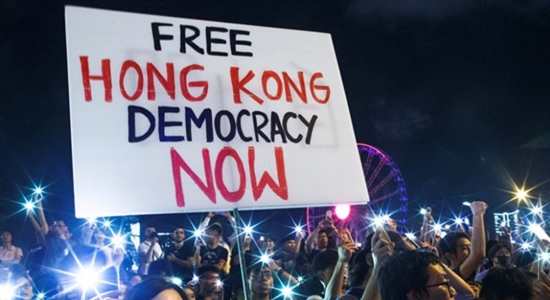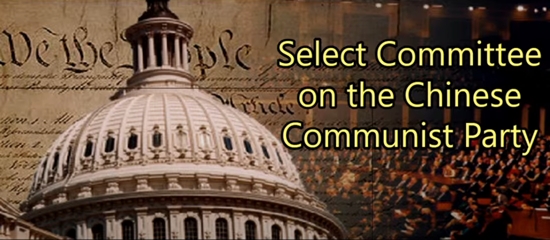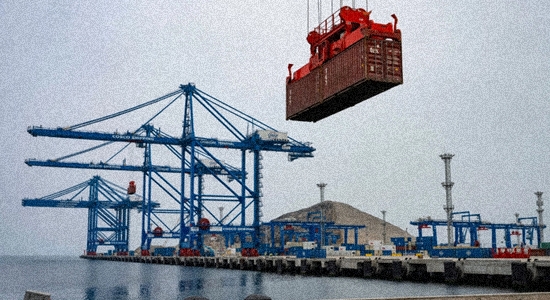
Why is China’s central bank accumulating all that gold? Its hoarding has been an evergreen financial headline for the past few years.
In fact, all central banks have been accumulating gold since the rules of the new international banking agreement known as Basel III went into effect in 2021. The point of Basel III is to “prevent another global banking crisis by requiring banks to hold more stable assets and fewer ones deemed risky,” MarketWatch explains. Under the new rules, “physical, or allocated, gold, like bars and coins” have been “reclassified from a tier 3 asset, the riskiest asset class, to a tier 1 zero-risk weight,” equal in liquidity to cash or treasuries. Previously, the gold on central banks’ books worked against their official financial health. Now gold works in its favor.
As of this quarter, China holds a reported 2,262 metric tons of gold. This means that unless Beijing is underreporting its holdings, it is holding less than the central banks of France or Italy.
In reserve
In light of the fact that the Basel III rule change levels the playing field among gold, cash, and security holdings, consider this interesting story about the 1998 founding of the European Central Bank (ECB).
As member states were capitalizing the ECB, it was decided that 15% of its reserves should be in gold. Mind you, this was in the bad old days of gold being a Tier 3 asset in terms of liquidity—a detriment to the health of the ECB. But the organizers of ECB still wanted some gold in its reserves. Unlike the Federal Reserve, the ECB marks its assets to market so that over time, as the market price of gold kept increasing, the book value of ECB reserves kept increasing (and still keeps increasing) proportionately. The central bank became stronger, passively, without adding more gold.
The gold price chart is something central bankers are aware of. The likelihood that gold will increase the strength of the balance sheet over time must account for at least some of a central bank’s gold buying.
Another explanation for China’s buying in particular could involve funding a BRICS currency. As of the first quarter of 2024, the biggest gold buyers have been Turkey, China, India, Kazakhstan and Singapore, in that order. China and India are mainstays of the BRICS organization; Turkey and Kazakhstan aspire to join.
Assume that any future BRICS currency will require some contributions of gold and foreign exchange from members, or at least from leading members. Gold market analyst Andrew Maguire says that a BRICS currency is now in its third month of testing. This project is run by Sergey Glazyev, who last year described a BRICS currency prototype as having three components: (1) a digital format for ease of exchange and (2) a basket of currencies to calculate valuation in tandem with (3) a gold basket.
It seems possible that any extra gold buying could represent a set-aside for BRICS currency funding.
So Basel III and BRICS currency planning seem plausible motivations for Chinese accumulation.
Destroying the dollar?
A different long-standing idea is that a country like China or Russia could destroy the dollar’s reserve currency standing by creating a more attractive store of value by partially or wholly backing their own currencies with gold; therefore, China (or Russia) accumulates gold to prepare for such a scenario. A gold-backed currency would cause the U.S. dollar and economy to collapse by being more desirable. Its mechanism would be to create high demand for the gold-backed currency and push down demand for the “worthless paper.”
This argument implies three things.
First, there would have to be enough new currency to facilitate world trade in lieu of dollars. This cannot happen suddenly, as if by pulling a switch. Second, China (or Russia) would have to want to manage a world currency. Neither seems ready for this in terms of experience or technical skill. Third, China (or Russia) would have to survive a worldwide economic dislocation brought about by the currency change. They would not be able to stand above the turmoil; they rely on trade, and every economy would be adversely affected, at least at first.
The safest path to Chinese de-dollarization would be through bilateral trade agreements in other currencies and perhaps within trade blocs using credits and debits in synthetic currencies like Special Drawing Rights. Such alternatives may or may not require gold.
A BRICS gold-backed currency would not be for everyone; it would likely be a special-purpose currency not put into general circulation. The dollar would continue to circulate in at least one large, lucrative market—that of the United States, a market in which yuan, rubles, etc. would not be accepted. As for the possibility of floods of unwanted dollar-denominated securities flowing back into America, the Federal Reserve has invented ingenious ways to “sterilize” such inflows and would invent more to prevent inflation.
Good as gold
A final, quite reasonable explanation for heightened gold buying from China or anywhere would be to enable sanction-proof trade. The U.S. has started to sanction Chinese firms doing business with Russia. Heavily sanctioned states like Russia and Iran have settled trades in gold with Turkey.
In a sanctions-crazy world, gold is a sure facilitator of trade. □
James Roth works for a major defense contractor in Virginia.





